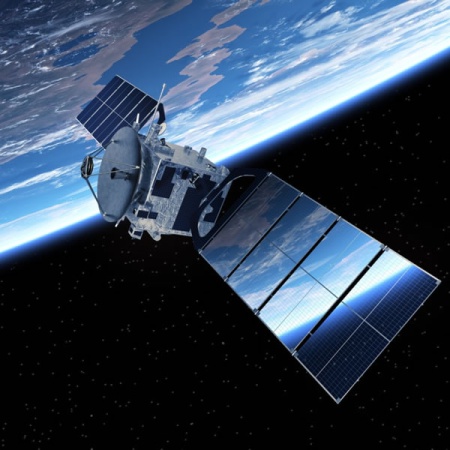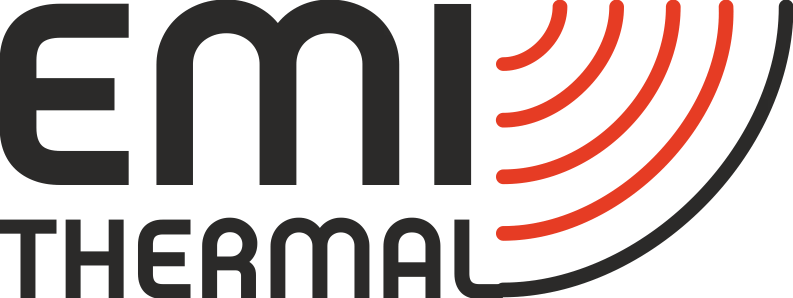Thermal Management and Outgassing

Modern electronics means components are being driven harder at higher power and generating more heat. If this heat is not managed, poor performance can occur through overheating, which can then lead to component damage and failure.
Thermal issues can be handled using the right materials, but these products must be carefully chosen if the electronics is going to be used in a technical situation such as a vacuum or sterile medical environment. This is because under certain conditions gas can be released from a solid which can then have a detrimental effect on many items in the surrounding area.
You need Thermal Interface Material (TIM) materials to fill naturally forming gaps between heat generating components and associated heat sinks or product chassis. These gaps need to be eliminated as otherwise they will act as a thermal barrier preventing the efficient transfer of heat. TIM products are a thermally conductive medium that fills those gaps between the mating surfaces.
In a vacuum environment gas can be released from a solid which can then have a detrimental effect on many items; for instance, in satellites the released gas could condense on a camera lens. Medical facilities also must manage outgassing to keep a sterile environment. Therefore, if electronics is being produced for such environments only components, including TIM products, can be selected with acceptably low outgassing.
The criteria used for the acceptance and rejection of materials shall be determined by the user and has to be based on specific component and system requirements. Historically, a total mass loss (TML) of 1.00% and collected volatile condensed material (CVCM) of 0.10% have been used as a screening level for the rejection of spacecraft materials. The Outgas test is performed in a vacuum environment according to ASTM E595, for a duration of 24 hours at 125°C. The TML, CVCM and the amount of Water Vapour Recovered (WVR) are measured after the test.
For the above criteria these are the test results for EMI Thermal's Void Filler.
| Void Filler | TML % | CVCM % | WVR % |
| TP2 | 0.35 | 0.09 | 0.04 |
| TP3 | 0.31 | 0.07 | 0.04 |
| TP6 | 0.17 | 0.06 | 0.02 |
| TP9 | 0.11 | 0.06 | 0.03 |
To help you make the right choice full Outgassing data reports are available for the above Void Fillers and the Electrically Insulating Interface Materials.


